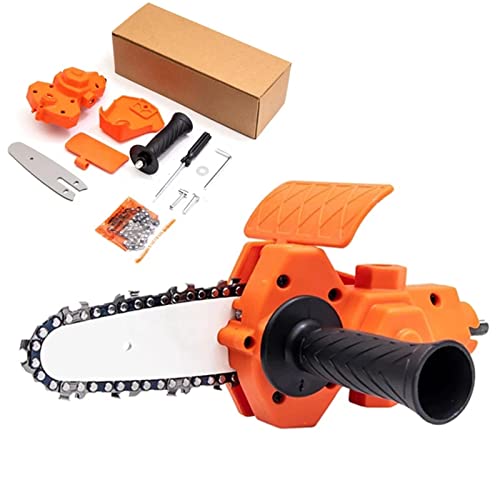Thinking more about your question, if I was going to go at this with one gas saw to do all tasks that require a gas saw and was planning to respect your budget, I would probably give the Echo 590 serious consideration. It is bigger in terms of size and weight than I would want to have to swing around for small tasks, but it is economical and capable of doing honest work in bigger wood. When I was younger, I did most of my work with a Dolmar 7900/20" setup, and it worked fine while being, if we were to be completely honest, total overkill in most instances. Now I'd much rather run a smaller saw; a ported Husqvarna 543xp/13" is my go-to saw these days for most everything, including the occasional hardwood in the 20"-24" range.
With the Echo 590 idea, I'd definitely want to have a short laminated bar for smaller tasks (15-16" max) to keep weight down a bit and make it more nimble. I find storm cleanup and working tangles of blowdowns favors a shorter bar over a long one probably 10:1, but I also know that those sort of cutting tasks have a pesky tendency to stick bars due to the unpredictable forces working within tangles of downed trees, so you're going to want to have a second bar on-hand anyway.
Get good at sharpening your chains. Getting great takes a lot of effort, but it isn't hard to get good and that's honestly all you really need. More than anything, it just requires you do it in a timely fashion (before the thing is fully dulled out) and that you keep your chain out of the dirt (another place where having a short bar makes life easier) so you have fewer peened-over cutters to sharpen back to having a point and an edge again.
Consider putting yourself on a schedule to get the saw out, run it a bit, and then put it back into storage. I'd say at least quarterly, though monthly would probably be better if it's not too much of a bother to do it that often. This way you know it's ready to go when you need it. Maybe do these runs on canned gas, since it seems to store in the saw better than ethanol-laden gas station gas does.
If you want to have the full kit ready to go, have a good collection of wedges, a wedge-bumping ax (here I like a heavy ax head on a shorter handle), some good ropes for guiding/pulling/stabilizing (I like Samson Stable Braid 1/2" in orange), and a Husqvarna Timber Tong (or two, or two of each size, your call). The timberjack idea is also good, as is the Husqvarna Felling Lever. Have some first-aid gear in your saw pack, along with QuickClot or some similar product.
Invest in a couple good handsaws. I'm partial to Silky, but there are other top-shelf brands out there, and there is also Corona, available everywhere and fairly decent. Were I to suggest particular saws, I'd say the folding Silky PocketBoy is super versatile and has cut me out of a bind more than a few times; get the 170mm with medium or coarse teeth first. The non-folding 330mm Zubat hand saw uses the same blade as my Zubat 3.9m pole saw, so I only have to inventory spare blades of one type for both saws. The pole saw is also helpful for setting ropes.






















































